
Redesign Your School Athletic Pavilion | 2014 National High School Architecture Competition #197
To incorporate and mold daily life around change has and always will be the struggle of every human; including the architect. My goal is to introduce a functional, bright, refined space for any and all recreational activities into an area that has seen little beyond warehouses and industries. Athletics primarily serve to shape an appreciation of life in students; therefore my athletic pavilion should also radiate wellness to each of its visitors. While embracing the nature of the neighborhood, I plan on incorporating the central thing that distinguished one sacred piece of life from another; DNA.
The exterior of my pavilion will be sympathetic to the structures of the adjacent warehouses, but will be constructed with refined materials such as glass, that are rare to the area. My concept will be incorporated on the interior of the atrium and will play a key role in the aesthetic appeal of the façade. The major gym and exercise facilities will be underground to keep the noise and clutter of commercialism from disturbing the athletes or visitors. The facilities will all be interior with fully equipped locker rooms, bathrooms, staff offices, an exercise/weight room, a basketball court, a yoga room, a swimming pool, and a student lounge area.
The new facility will replace our current athletic facilities. Although the pavilion will be situated behind the school-- distant from major traffic-- roads and parking around the building will be repaved and expanded, widening the view from the main avenue and attracting a heavier amount of traffic towards the structure.
This increase in lounge area will cause the main building to be less populated during lunch and free periods. Our current recreational facilities do not provide students to walk outdoors, which makes them reluctant to gathering anywhere but the main building, where they may be found loitering on staircases and even in the middle of hallways. This is not only a daily hazard, but also radiates an unpleasant educational atmosphere. By expanding, students will have new, fun places to do homework, exercise and interact.. The new athletic facility at High Tech will breathe a sense of life onto a school, neighborhood, and a group of students that have long been fixed in place.

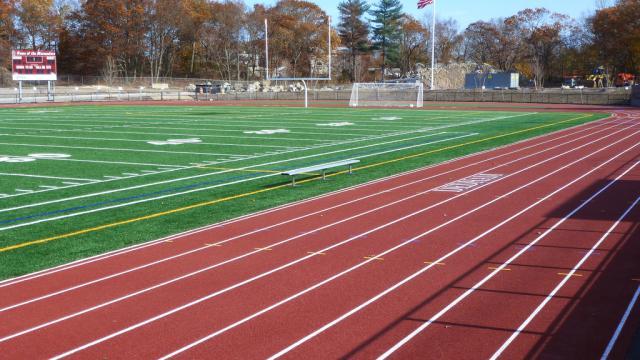





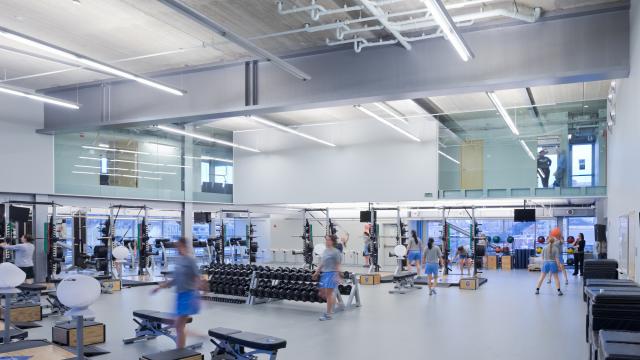
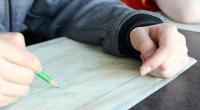



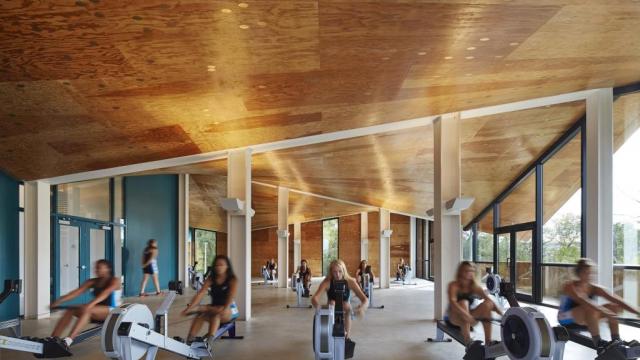



.jpg)

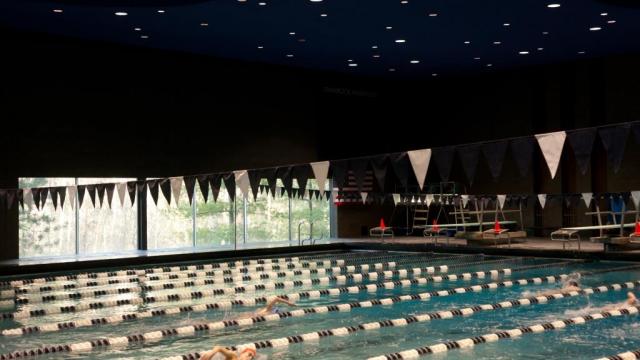



Comments
I like the idea of creating a space that would reduce the noise pollution around the school environment. Your idea is similar to mine in that sense. I, too, would like to create a lounge area that would seclude the outside noise pollution. I look forward to sharing ideas with you on how we can further develop this problem.
As a student athlete myself, I understand the importance of focusing at the task (game) at hand without outside distractions, especially with the clutter of commercialism on my site. I would love to exchange ideas with you on how to make our pavilions as user friendly as possible! Thanks for the comment!
Don't forget, to register for the National Competition! You can do that here: http://discoverdesign.org/registration2014
This is an informative overview and I like that you introduced your concept of DNA. I am interested in hearing more about your reasons for placing the gym underground. Some things to think about with this is the use of daylighting. Also, many schools showcase their athletic facilities to inspire school spirit. How could you incorporate that with your school's culture and your proposed design?